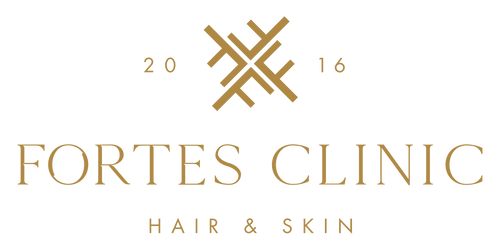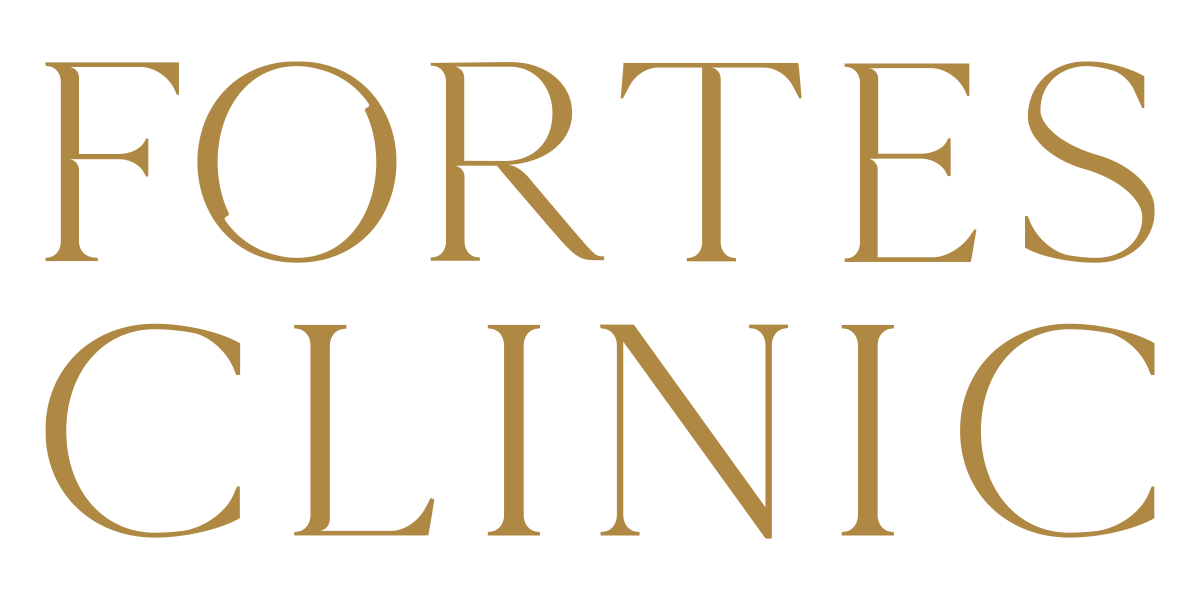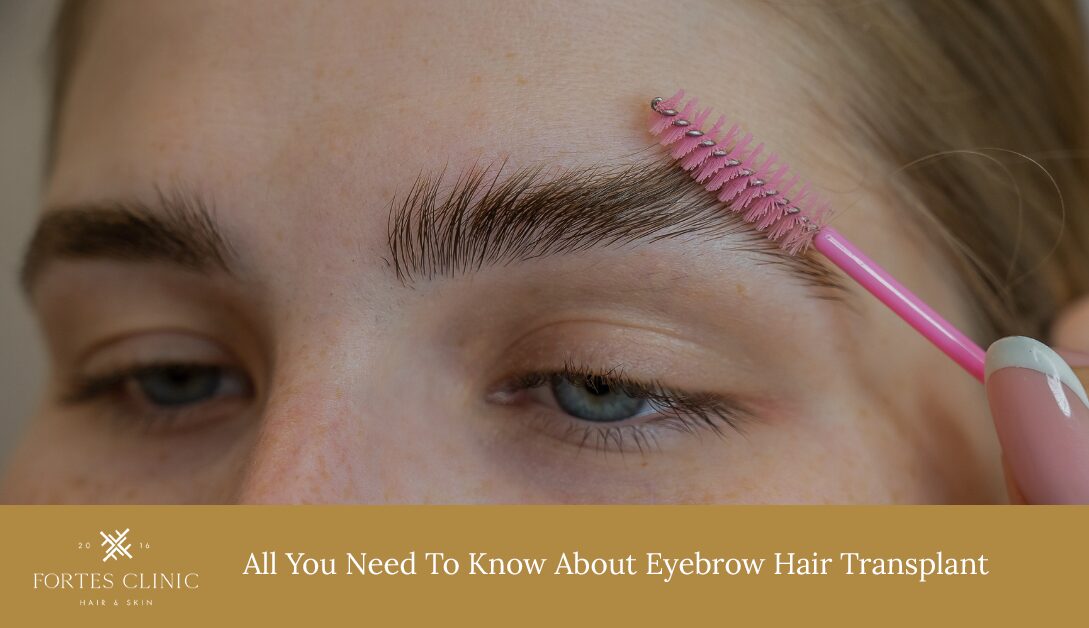Introduction
Understanding Eyebrow Hair Transplant
Eyebrow hair transplant has emerged as a sought-after solution for individuals grappling with thinning or absent eyebrows. This cosmetic procedure involves the transplantation of hair follicles to the eyebrow area to enhance density and achieve a natural, symmetrical appearance.
Importance of Eyebrows in Facial Aesthetics
Eyebrows play a crucial role in framing the face and defining its features. They contribute significantly to facial expressions and symmetry, making them a focal point in facial aesthetics. Consequently, individuals experiencing eyebrow hair loss may feel self-conscious and seek ways to restore their appearance through eyebrow hair transplant.
Causes of Eyebrow Hair Loss
- Natural Causes: Eyebrow hair loss can occur naturally due to ageing, genetics, or hormonal changes. As individuals age, the growth cycle of hair follicles may slow down, resulting in thinner eyebrows. Moreover, genetic predispositions can influence the thickness and density of eyebrow hair.
- Medical Conditions: Certain medical conditions such as alopecia areata, thyroid disorders, and trichotillomania can lead to eyebrow hair loss. These conditions disrupt the normal growth cycle of hair follicles, causing patches of hair loss in the eyebrows.
- Trauma or Scarring: Trauma to the eyebrow area, such as burns, accidents, or surgical procedures, can cause permanent damage to hair follicles. This will result in eyebrow hair loss. Scar tissue formation may impede the regrowth of hair, necessitating surgical intervention to restore the eyebrows.
Evaluation and Consultation
Finding the Right Specialist
When considering an eyebrow hair transplant, it is essential to find a qualified and experienced specialist who specialises in hair transplant procedures. Researching the credentials and reputation of potential surgeons can help ensure a successful outcome.
Initial Consultation Process
During the initial consultation, the specialist will evaluate the extent of eyebrow hair loss and discuss the patient’s goals and expectations. The consultation serves as an opportunity to assess the feasibility of the procedure and tailor a treatment plan to meet the patient’s needs.
The specialist will examine the density, distribution, and quality of existing eyebrow hair to determine the optimal approach for transplantation. Factors such as hair texture, skin type, and facial symmetry will also be taken into account during the assessment.
Discussion of Expectations
Open communication between the patient and the specialist is crucial in managing expectations and ensuring satisfaction with the results. The specialist will provide realistic expectations regarding the outcome of the procedure based on the patient’s unique characteristics and desired aesthetic goals.
Eyebrow Hair Transplant Procedure Overview
- Preparing for the Surgery: Before the surgery, patients may be advised to avoid certain medications and lifestyle habits that could interfere with the healing process. Additionally, pre-operative instructions regarding skincare and hygiene will be provided to minimise the risk of complications.
- Anaesthesia Options: Eyebrow hair transplant can be performed under local anaesthesia to ensure patient comfort during the procedure. The specialist will discuss the anaesthesia options and determine the most suitable approach based on the patient’s preferences and medical history.
- Extraction of Hair Grafts: Hair grafts are typically harvested from the donor area, which is usually the back of the scalp where hair follicles are more resistant to hair loss. The extraction process involves removing individual follicular units or strips of tissue containing hair grafts.
- Placement of Hair Grafts: The harvested hair grafts are meticulously transplanted into the eyebrow area using tiny incisions to mimic the natural growth pattern of eyebrow hair. The specialist pays close attention to the angle, direction, and density of hair placement to achieve a natural-looking result.
Duration of the Procedure
The duration of the eyebrow hair transplant procedure can vary depending on the extent of hair loss and the complexity of the case. On average, the procedure may take several hours to complete, during which patients can rest comfortably.
Recovery and Post-Operative Care
Immediate Aftercare
After the surgery, patients may experience some swelling, redness, and mild discomfort in the eyebrow area, which is normal and usually subsides within a few days. Applying cold compresses and prescribed medications can help alleviate these symptoms.
To minimise discomfort and swelling, patients are advised to avoid strenuous activities and follow post-operative care instructions diligently. The specialist may recommend specific skincare products and techniques to promote healing and prevent infection.
Following the initial recovery period, patients are encouraged to maintain good skincare practices and protect their eyebrows from sun exposure and harsh chemicals. Regular follow-up appointments with the specialist will monitor the progress of hair growth and address any concerns.
The majority of patients can resume their normal activities within a week after the eyebrow hair transplant procedure. However, full recovery and optimal results may take several months as the transplanted hair follicles gradually establish and grow in the new location.
Results and Expectations
Immediate Results
Although some initial shedding of transplanted hair may occur in the weeks following the procedure, patients can expect to see noticeable improvement in the appearance of their eyebrows. The newly transplanted hair follicles will begin to grow within a few months, gradually enhancing eyebrow density and definition.
Long-Term Growth and Maintenance
With proper care and maintenance, the results of eyebrow hair transplant can be long-lasting and natural-looking. The transplanted hair follicles will continue to grow and behave like natural eyebrow hair, requiring minimal maintenance to preserve the desired aesthetic.
It is important for patients to have realistic expectations about the outcome of eyebrow hair transplant. It’s crucial to understand that individual results may vary. Factors such as hair quality, skin characteristics, and healing response can influence the final result, and multiple sessions may be necessary to achieve the desired aesthetic.
Frequently Asked Questions About Eyebrow Hair Transplants
Who is a Suitable Candidate For An Eyebrow Hair Transplant?
Suitable candidates for eyebrow hair transplant include individuals experiencing thinning or absent eyebrows due to various causes. This may be due to ageing, genetics, or medical conditions. Good candidates should have realistic expectations and be in good overall health.
How Long Do Results Last?
The results of eyebrow hair transplant can be long-lasting, with the transplanted hair follicles behaving like natural eyebrow hair. However, the ageing process and other factors may affect the longevity of the results, necessitating maintenance treatments or touch-up procedures over time.
Can You Have Multiple Eyebrow Hair Transplants?
In some cases, patients may opt for additional eyebrow hair transplant procedures. This may be to further enhance eyebrow density or address areas of concern. The specialist will evaluate the patient’s unique needs and recommend the most appropriate course of action based on individual circumstances.
Final Thoughts on Eyebrow Hair Transplant
Eyebrow hair transplant offers a safe and effective solution for restoring eyebrow density and enhancing facial aesthetics. With advancements in surgical techniques and patient care, more individuals can achieve natural-looking results and regain confidence in their appearance.
Encouragement for Seeking Professional Consultation
If you are considering eyebrow hair transplant, we encourage you to schedule a consultation with a qualified specialist to discuss your goals and explore your options. A personalised treatment plan can help you achieve the eyebrows you desire and embrace your natural beauty with confidence.



